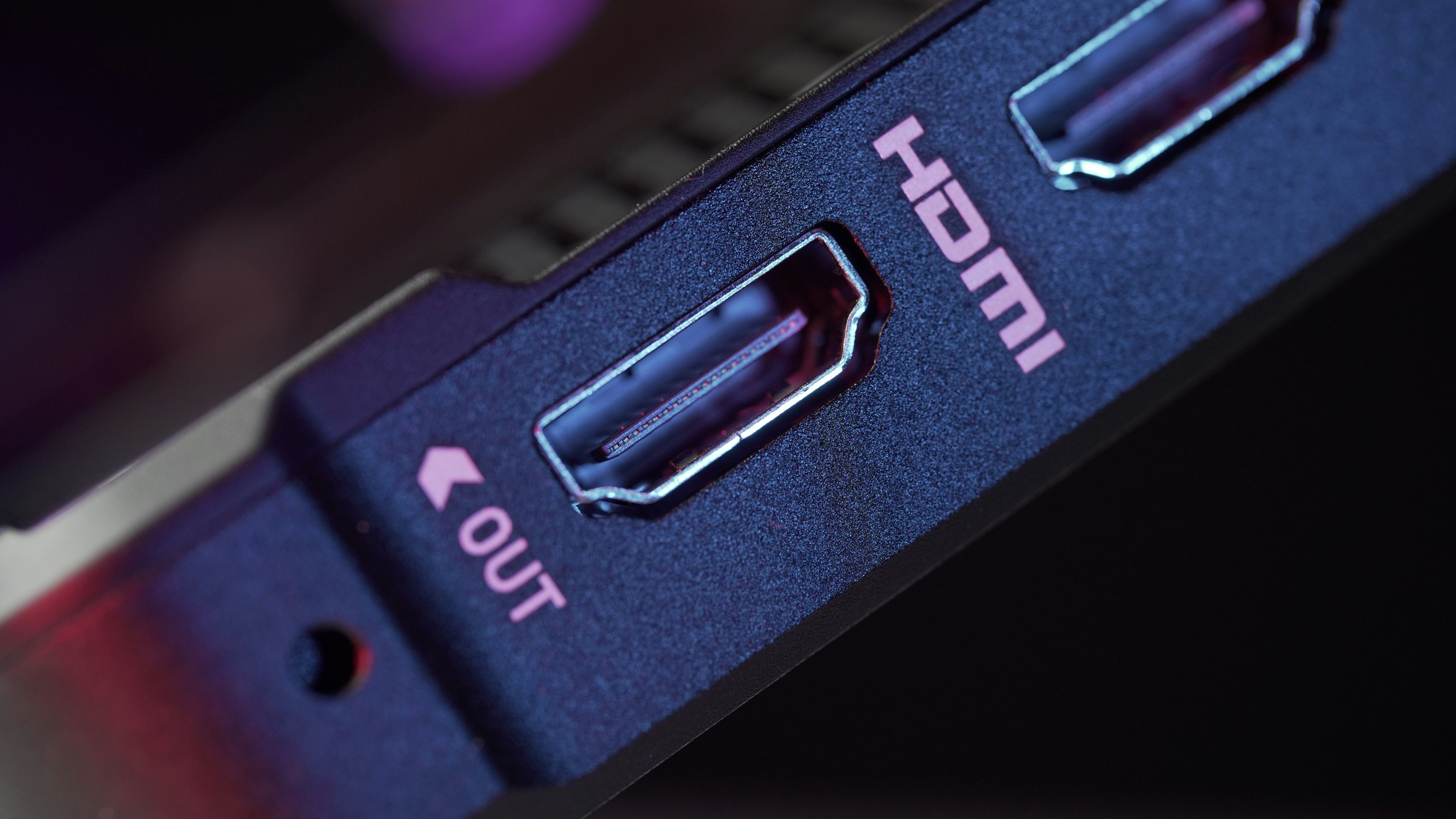Table of Contents |
Computers are tools that boost our efficiency. They help us automate tasks, stay organized, and handle complex data sets. Technology has produced an almost endless array of computer applications and functions. However, even the most advanced computers, at their core, perform the same basic operations: receive data (input), produce data (output), process data, and store data.
In order for a personal computer to be useful, it must have channels for receiving input from the user, and channels for delivering output to the user. Input and output are artifacts through which computers communicate and interact with their environments, be it a user, a system, or a hardware. Input refers to the mode by which data is put into the computer. All personal computers need components that allow the user to input data. Early computers used simply a keyboard to allow the user to enter data or select an item from a menu to run a program. With the advent of the graphical user interface, the mouse became a standard component of a computer. These two components are still the primary input devices to a personal computer, though variations of each have been introduced. For example, many new devices now use a touch screen as the primary way of entering data.
Output devices are essential as well. Output refers to the mode by which data is delivered. The most obvious output device is a display, visually representing the state of the computer. Besides displays, other output devices include speakers for audio output and printers for printed output.

The majority of all computing devices have a similar architecture. The core of this architecture is the central processing unit (CPU). The CPU can be thought of as the “brains” of the device. The CPU carries out the commands sent to it by the software and returns results to be acted upon. The earliest CPUs were large circuit boards with limited functionality. Today, a CPU is generally on one chip and can perform a large variety of functions. The overall effectiveness of a CPU is determined by its speed. The speed or “clock time” of a CPU is measured in hertz. A hertz is defined as one cycle per second. The CPU’s processing power is increasing at an amazing rate. Besides a faster clock time, many CPU chips now contain multiple processors per chip, working in parallel and balancing the load of instructions to be processed in a shorter time. These chips, known as dual-core (two processors) or quad-core (four processors), increase the processing power of a computer by providing the capability of multiple CPUs.
A computer that doesn't have an adequate amount of memory is only able to perform limited instructions and it must output its data immediately.
EXAMPLE
A handheld calculator provides users with fixed mathematical operations that are stored in limited memory. When a user performs any of the fixed operations on two or more operands, the calculator immediately displays the answer as an output on its screen. This behavior is fine in situations where the user is expecting only mathematical computations.People who use PCs, however, need a device that is more versatile than the example. Remember that the CPU processes data by carrying out instructions. Modern computers place faster and smaller storage options in close proximity to the CPU. Likewise, they place slower and larger storage options further away from the CPU.
When a computer starts up, it begins to load information from the hard disk into its working memory. A hard disk is where data is stored when the computer is turned off and where it is retrieved from when the computer is turned on. So, why is it called a hard disk? A hard disk consists of a stack of disks inside a hard metal case. This working memory, called random-access memory (RAM), can transfer data much faster than the hard disk. Any program that you are running on the computer is loaded into RAM for processing.
In order for a computer to work effectively, a minimal amount of RAM must be installed. In most cases, adding more RAM will allow the computer to run faster. Another characteristic of RAM is that it is volatile. This means that it can store data as long as it is receiving power; when the computer is turned off, any data stored in RAM is lost. Even so, the computer also needs a place to store data for the longer term. Most of today’s personal computers use a hard disk for long-term data storage. Unlike RAM, the computer’s hard disk is not volatile. This means that data stored on a hard disk can be stored even when the computer is turned off.
A relatively new component becoming more common in some personal computers is the solid-state drive (SSD). The SSD performs the same function as a hard disk: long-term storage. Instead of spinning disks, the SSD uses flash memory, which is much faster. Besides fixed storage components, removable storage media are also used in most personal computers. Removable media allows you to take your data with you. And just as with all other digital technologies, these media have gotten smaller and more powerful as the years have gone by. Early computers used floppy disks, which could be inserted into a disk drive in the computer. Around the turn of the century, a new portable storage technology was being developed: the USB flash drive. This device attaches to the universal serial bus (USB) connector, which became standard on all personal computers beginning in the late 1990s.
Source: Derived from Chapter 1 from “Information Systems for Business and Beyond” by David T. Bourgeois. Some sections removed for brevity. www.saylor.org/site/textbooks/Information%20Systems%20for%20Business%20and%20Beyond/Textbook.html